Curated OER
You Can Bank on It
Students analyze the impact of the J.P. Morgan/Chase Manhattan merger, and predict how the merger affect the company's financial performance. They create annual reports for the company based on their predictions.
National Endowment for the Humanities
Neh: Edsit Ement: Robber Barons and Captains of Industry
A very thorough lesson plan from EDSITEment that explores the role of the robber barons in American industry in the 19th century. It explores the question of whether the robber barons were harmful or "Captains of Industry." You'll find...
Vassar College
Vassar College: 1896: Trusts and Monopolies
As part of a large site dealing with the election of 1896 is this article on Trusts and Monopolies. Although the focus is on the Republicans' anti-trust sentiments in the election, you can read about the rise of big business, monopolies,...
PBS
Pbs: The American Experience in the 1900s
This site presents a general picture of what life was like in the United States at the turn of the century. Content includes compelling images, information, and documents about American life.
Other
Federal Reserve Bank of Boston: Crash of 1907 [Pdf]
A very interesting look at the Panic of 1907, the crash of stocks, the lack of faith in banks by depositors, especially in New York and Boston, and the rescue of the banks by J.P. Morgan. Calling on news reports of the time, this pdf...
CPALMS
Florida State University Cpalms: Florida Students: Captains of Industry: Second Industrial Revolution
This tutorial looks at the Second Industrial Revolution in the United States and the most famous and successful industrial entrepreneurs of that time. A PDF file of the tutorial is available.
PBS
Wnet: Thirteen: Freedom: A History of Us: Yearning to Breathe Free Webisode 10
This wonderful website, Freedom, a History of US, based on the series by Joy Hakim, presents the tenth webisode, Yearning to be Breathe Free. Through text, photographs, and audio segments you can get a good picture of the state of...
Department of Defense
Do Dea: Ap Us History: Unit 5: A New Order
This extensive learning module examines the impact of the Gilded Age upon new cultural and intellectual movements, expansion of foreign trade, and political debates over economic and social policies, as well as the impact of the rise of...
University of Groningen
American History: Outlines: j.p. Morgan and Finance Capitalism
Overview on the rise of industry resulting in the need for investment banking, of which J. P. Morgan was a pioneer.
Other
Wwi Resource Centre:the Politics of Pecuniary Aggrandizement: 1912 1920
A chapter from a 1937 book by Ferdinand Ludnberg, America's 60 Families, discusses how World War I was financed and who profited from the war. About halfway through the page is mention of the War Industries Board and the heads of...
Other
Economic History Services: The Panic of 1907
Find out what a bank panic is and read about why the bank panic of 1907 was one of the worst in U.S. history.
Independence Hall Association
U.s. History: The Trust Buster
Theodore Roosevelt, as a Progressive president, wanted government to work for all the people, not just the rich. See how he used legislation already in place, the Sherman Anti-Trust Act, to sue what he considered "bad" trusts in order to...
Smithsonian Institution
History and Archaeology: The Financial Panic of 1907: Running From History
In this article from Smithsonian Magazine, the author interviews Robert F. Bruner, who co-wrote the book, The Panic of 1907: Lessons Learned from the Market's Perfect Storm, published in 2007, before the meltdown in the U.S. economy...
Pennsylvania Historical and Museum Comission
Explore Pa History: Andrew Carnegie [Steel] Historical Marker
Andrew Carnegie first made his fortune in railroads, but increased it in his investment in steel. Read about his company, Carnegie Steel, to whom it was sold, and how Carnegie used his money in his later life.



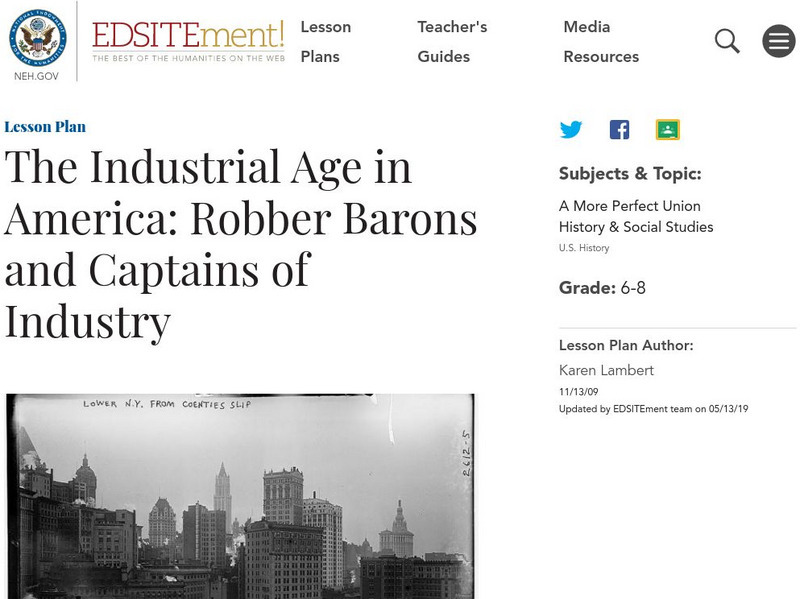


![Federal Reserve Bank of Boston: Crash of 1907 [Pdf] Article Federal Reserve Bank of Boston: Crash of 1907 [Pdf] Article](https://d15y2dacu3jp90.cloudfront.net/images/attachment_defaults/resource/large/FPO-knovation.png)
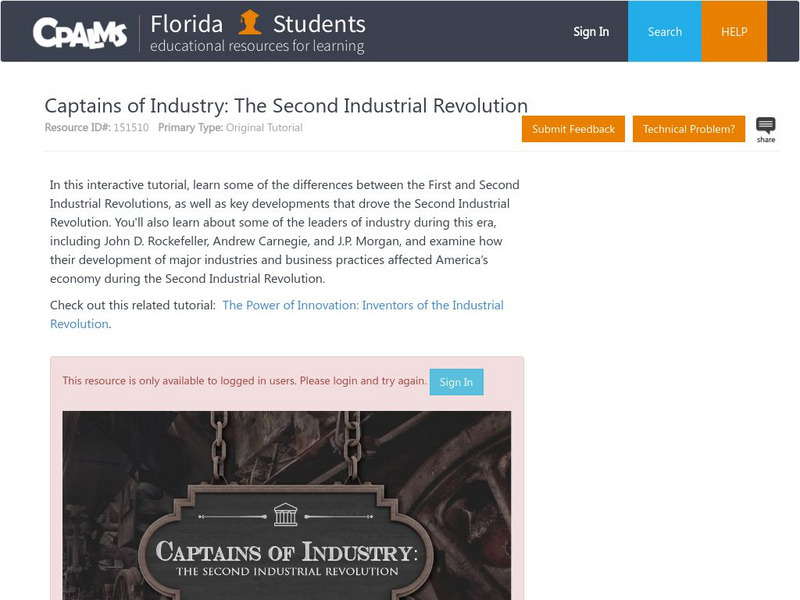
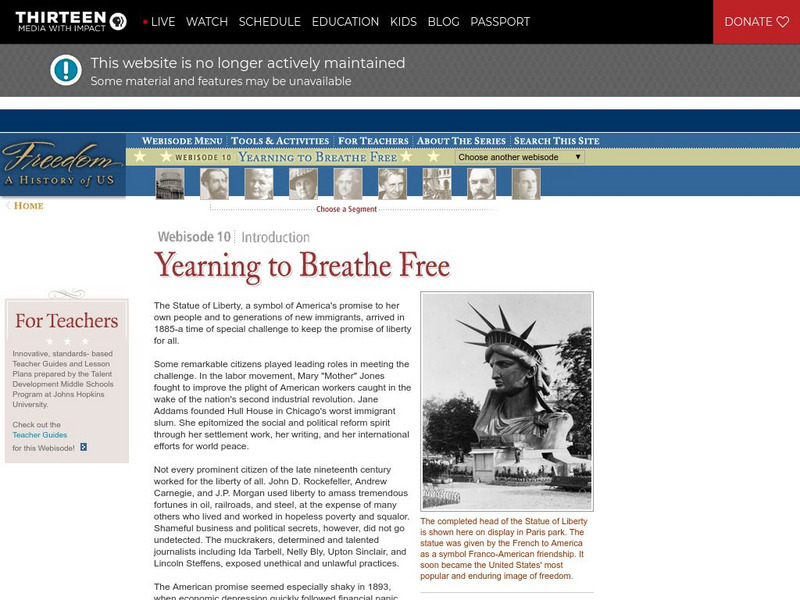
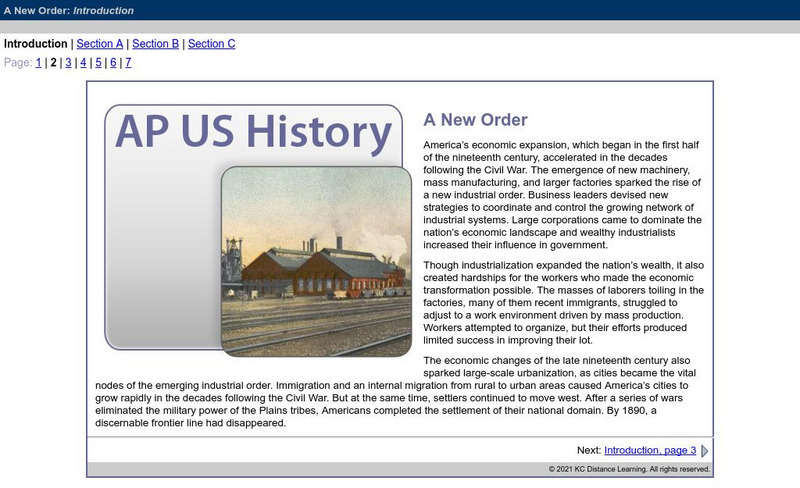


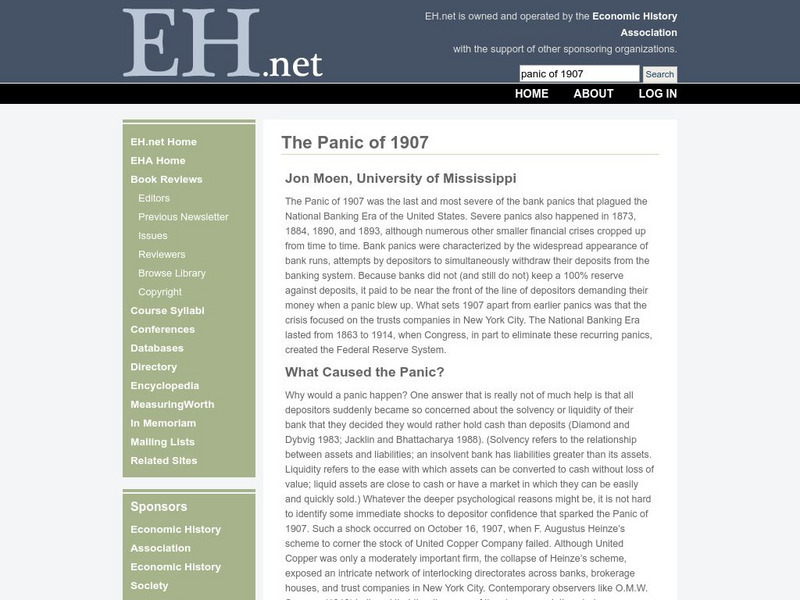


![Explore Pa History: Andrew Carnegie [Steel] Historical Marker Handout Explore Pa History: Andrew Carnegie [Steel] Historical Marker Handout](https://content.lessonplanet.com/knovation/original/721225-b8545cf86995d1d89ea0fd50fb1f76aa.jpg?1661248019)